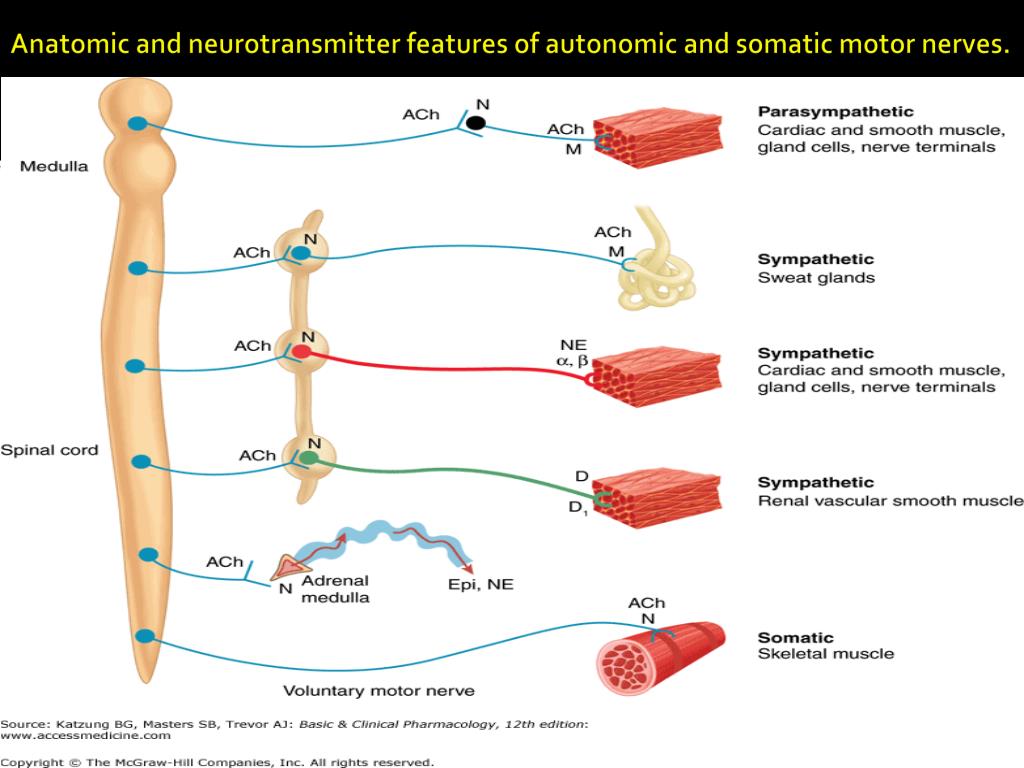

1D, orange window for example, at 2 hours 30 min in movie S4). The tail muscle contraction (observed as the slight movement with Ca 2+ elevation in the tail muscle) was synchronized with the ipsilateral Ca 2+ oscillation in the motor ganglion ( Fig. 2E, asterisks) but fully synchronized 10 min after the first synchronization (first synchronization Fig. Earlier Ca 2+ oscillations in the motor ganglion sometimes did not elevate Ca 2+ in the tail muscle ( Fig. 22 revealed that the Ca 2+ oscillation began at the same time as Ca 2+ elevation in the ipsilateral tail muscle from late tailbud I (St.

The asterisks indicate Ca 2+ oscillation without synchronization of the Ca 2+ elevation in ipsilateral muscle cells after the first synchronization.Ĭontinuous whole-embryo Ca 2+ imaging from St. The time when the Ca 2+ oscillation and Ca 2+ elevation of ipsilateral muscle cells first coincided is indicated by a blue rectangle.

ROI was set in (D) at 8 s (yellow dotted line for motor ganglion and blue dotted line for tail muscle cell). ( E) Fluorescence intensity over time in the motor ganglion and tail muscle at St. After a few minutes, the Ca 2+ oscillation (white arrow, 8 s) coincides with the Ca 2+ elevation in the ipsilateral muscle cells (black arrow, 202 s). ( D) Representative time course image of Ca 2+ oscillation at St. ( C) Change in the fluorescence intensity of Ca 2+ in (B) over 2000 s. The position of the cell is indicated by a white arrowhead. ( B) Bright-field image of a dissociated single cell (left) and time course fluorescence images of Ca 2+ oscillation in the cell (right). A, anterior D, dorsal P, posterior V, ventral. The data were collected from CLSM and FM. Ca 2+ oscillation occurs only in a single nucleus. Ca 2+ oscillation is indicated by the white arrowhead. ( A) Three-dimensional (3D) reconstruction (left) and section (right) images of the Ca 2+ oscillation by H2B-GCaMP6s. Approximate developmental stage is indicated. The period when Ca 2+ oscillation in the motor ganglion and tail muscle contraction coincide is indicated by an orange window. As the count of Ca 2+ transients increases, the interval between Ca 2+ oscillations gradually decreases. ( D) Transition of the interval between Ca 2+ oscillations over time. The ROI for the red graph is indicated in (B) (red circle). The ROI for the black graph is indicated in (B) (black circle). ( C) Fluorescence intensity of Ca 2+ in the ROI. The image in the motor ganglion (white rectangle) is magnified in the right bottom, respectively. The region of interest (ROI) for motor ganglion and other regions (for negative control) is indicated by black and red circles, respectively. Ca 2+ transient is indicated by a white arrowhead (second panel). ( B) The representative time course image of the Ca 2+ transient in the motor ganglion at St. Ca 2+ transients were observed on the left and right sides of the motor ganglion, respectively (yellow box enlarged view of the white box, inset). ( A) Merged images of Ca 2+ imaging at different time points.


 0 kommentar(er)
0 kommentar(er)
